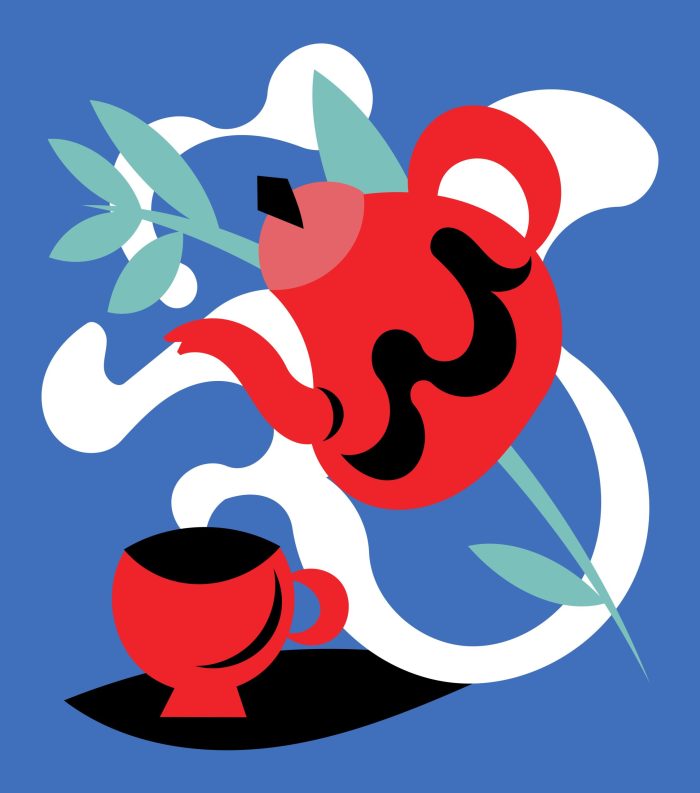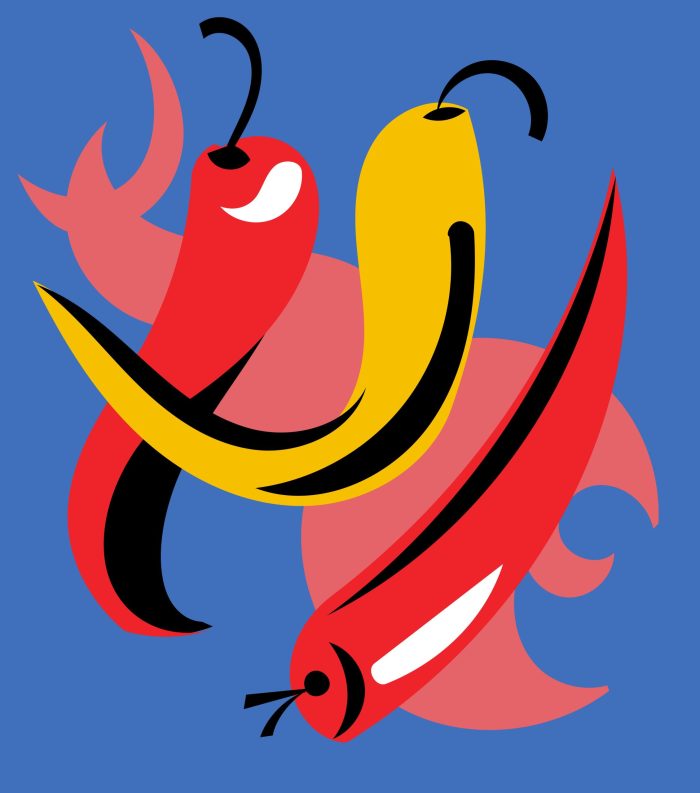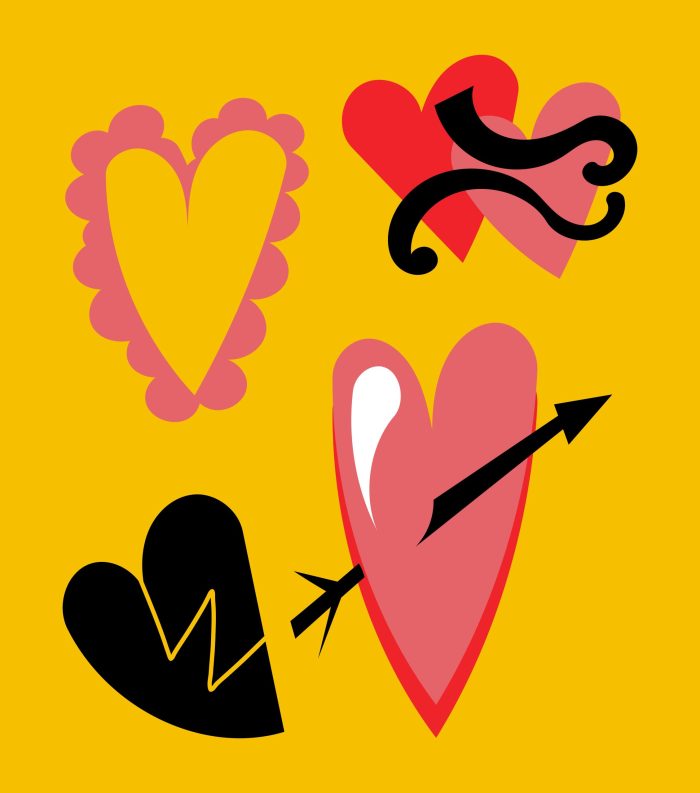13 Canadian Food Inventions
Q.
Happy Canada Day! For those who live in Canada: what will you be eating to celebrate? What are some foods that were ‘invented’ in Canada?
.
A.
Since we’re writing from BC, we’ll start in the deep woods…
If you are hiking in the forest and want to avoid a grisly bear encounter, the advice is clear: make lots of noise to let them know you’re coming. Avoid areas with fresh bear tracks and droppings. Keep your pets at your side, and leave the bacon and fish fries at home.
Nowhere in the list of bear deterrents is there a suggestion that you ‘bring honey,’ yet that is exactly what John Rowe did on his 1990’s BC hike. Then, to make matters worse, Rowe tripped and the jar of honey smashed all over his backpack.
Thankfully, Winnie the Power-Pooh was otherwise engaged, and Rowe and his bag of honey bits got home safely. The incident did inspire Rowe to work with the PEI Food Technology Centre to create solid honey that can be more easily transported – to the beach, perhaps.
.
🇨🇦 13 Canadian Food Inventions
i. Solid Honey
1990. John Rowe, post-hike tumble
ii. Peanut Butter
1884. Quebec chemist Marcellus Gilmore Edson paved the way for peanut butter after heating crushed peanuts to 100 degrees Fahrenheit and watching them transform into liquid chunkiness.
iii. Maple Syrup
Well, of course. The reason for pancakes originated with the Algonquin in Eastern Canada and the sap of black, red and sugar maples. ~75% of the world’s maple syrup is from Canada, with ~ 90% coming from Quebec, home to our national strategic reserve. 2019 was a banner year. But, the reserve has been dwindling thanks to warmer than usual winters paired with a growing world demand for syrup. 🙏🏼 that sugar makers are in for better weather conditions this winter and beyond.
Meanwhile, maple syrup continues to find its way into lots of Canadian treats – maple caramel ice cream sauce, taffy, liqueur, leaf-shaped heart candies, butter, popcorn, tea…
.
.
iv-vi. Chocolate Bars
1920. Another invention inspired by an outdoor food mishap. Arthur Ganong and George Ensor, both from New Brunswick, were headed out for a few hours of fishing. They pocketed chocolate chunks from the chocolate factory that Ganong’s family owned and where Ensor served as superintendent. It didn’t take long for the summer’s day chocolate to melt all over their pants.
For their next trip, Ganong and Ensor wrapped their chocolate in cellophane: much better and the start of Pal-o-Mine, a two-piece chocolate bar embellished with peanuts and fudge and wrapped in red and yellow cellophane.
Our Canadian chocolate cred is further served by the invention of Crispy Crunch and Coffee Crisp.
vii. Ice Cider
1990. Christian Barthomeuf in Dunham, Quebec. It is similar in concept to ice wine and can be created through cryoconcentration or cryoextraction.
viii. Bloody Caesar 🌶️
1969. Bartender Walter Chell is behind this macabre cocktail featuring vodka, tomato juice, Tabasco and Worcestershire sauce, hand-mashed clams, salt, pepper and a celery stick
.
.
ix. Butter Tart
1900. The Women’s Auxiliary of the Royal Victoria Hospital Cookbook published the first recipe for this most perfect of tarts.
x. McIntosh Apple
1811. John McIntosh discovers a wee sapling in Dundela, now Eastern Ontario. He and his family went on to breed the beloved apple that inspired one Steve Jobs. Jobs told biographer Walter Isaacson: ‘On the naming of Apple, he said he was “on one of my fruitarian diets.” He said he had just come back from an apple farm, and thought the name sounded “fun, spirited and not intimidating.’
xi. Canadian Bacon
It is controversial, this thick, meaty back-bacon that is christened ‘Canadian’ yet bears little resemblance to the regular, crispy business that most of us eat. What even is Canadian bacon? Are we talking about Canadian peameal bacon – that is fat-trimmed pork loin rolled in cornmeal? Back in the 1900s, this Canadian breakfast food was coated in smashed yellow peas. Meanwhile, the smoked and cured meat labelled ‘Canadian bacon’ on many a US menu isn’t Canadian at all.
xii. Nanaimo Bars
Now we’re talking. Three layers – chocolate, yellow custard, graham wafers and coconut. There is much fighting over the Nanaimo Bar’s origins, but many credit Edith Adam who proposed the delicious dessert in her 1953 cookbook.
.
.
xiii. Poutine
1957. This is a must-try for visitors to Quebec. Fernand Lachance, the owner of Café Ideal in Warwick, Quebec, is most often credited as the inventor.
When a customer asked for regional cheese curds on his french fries, Lachance was to have said: “ça va te faire une maudite poutine!” or “That will make a damned mess!” As the dish grew popular, customers complained that their fries cooled too quickly, so Lachance topped the maudite poutine with hot gravy.
🍁
If you want to learn more about Canadian inventions beyond the world of food, check out: Ingenious by authors the Right Honourable David Johnston – who was Governor General of Canada – and Tom Jenkins, entrepreneur and Officer of the Order of Canada. Their book features more than 300 Canadian innovations sorted into seven categories: Smarter, Smaller, Kinder, Safer, Healthier, Wealthier and Happier.
Meanwhile, let’s raise a glass to Canada and its inventors past, present and future! 🥂
.
www.justcurious.ca
Header Image: Karolina Grabowska
Article Images: Owl Illustration Agency











